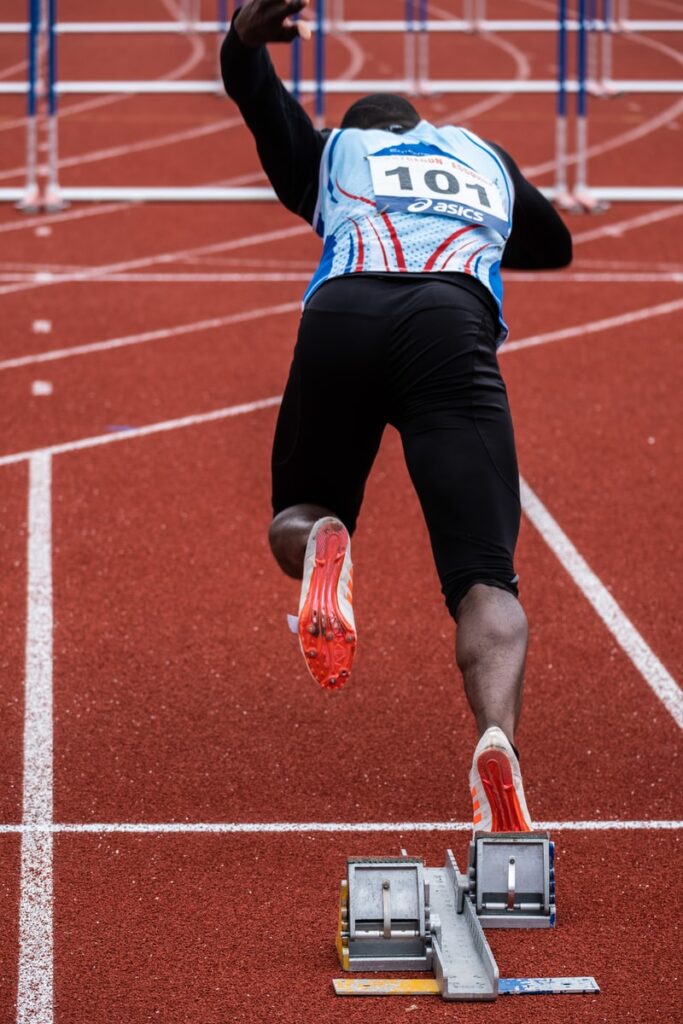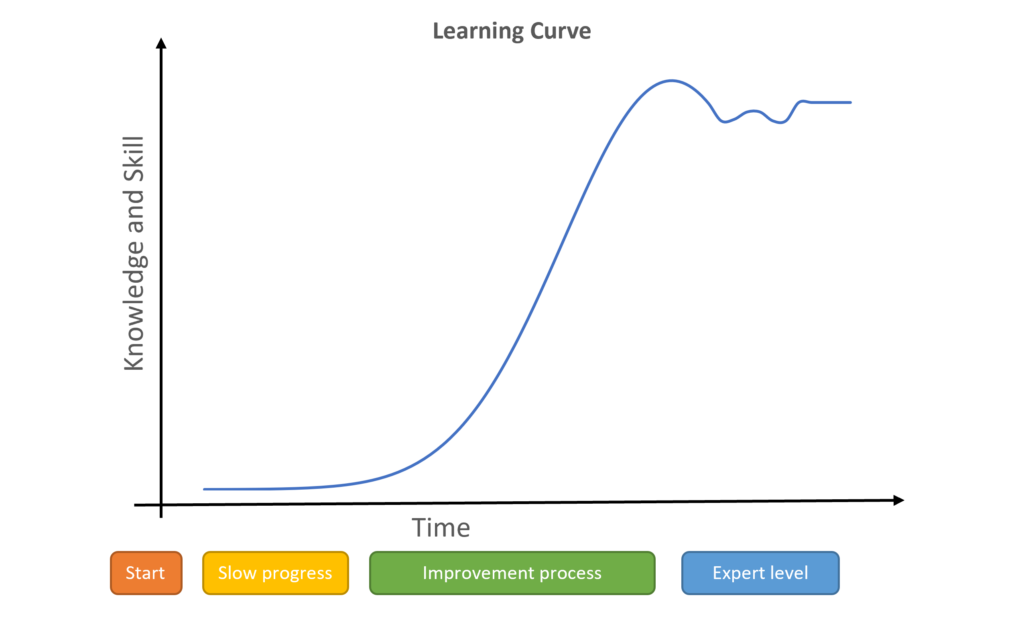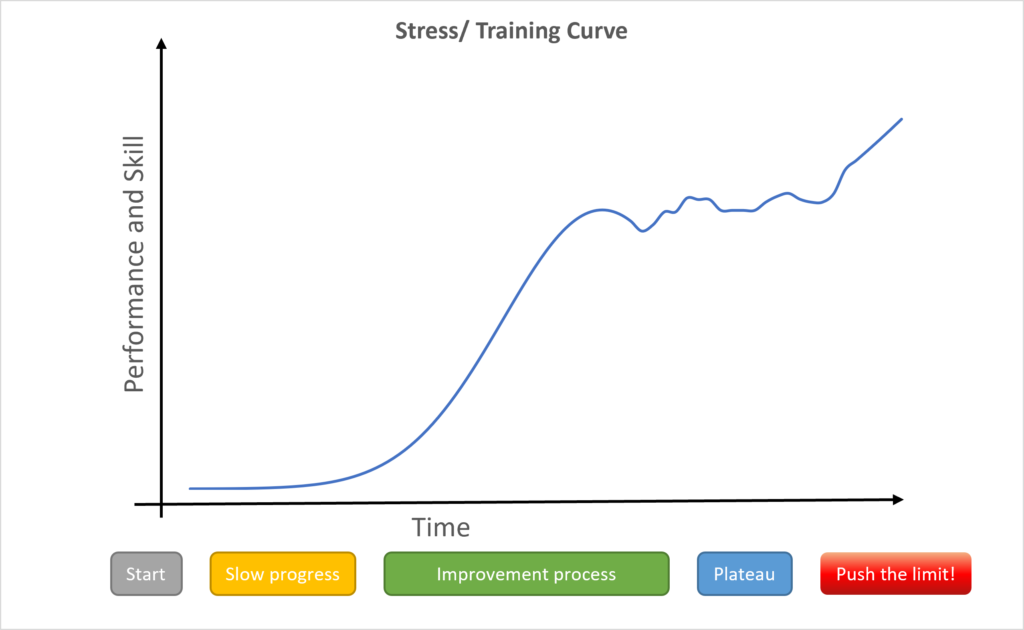How to get stronger, faster and better?

The secret
If you think you can, you’re right! and if you think you can’t…. you’re right too!
Do you need to? Do you want to? Then, there is only one possible way: Push the limits!!!
The human body is a marvel. We can get used to different temperatures, conditions, situations, efforts. With the right stimulus, the body reacts, produces chemicals like adrenaline and endorphins, grows and gets bigger, stronger, faster. We need to develop the habit to eat well and sleep enough and train hard. The rest, it will be done by your body.
Getting better is a process that can be applied in sports but also in every other discipline and activity. Getting better can also become a culture, a need, a way of living. It starts in your head, like every dream or goal and becomes the path that will lead you to success. Is it easy? Well, not really. If it were easy, everybody could do it. If you want to be better, you need to take the challenge and push your limits, go beyond, run the extra mile and enjoy the benefits once you reach your goals. On the way, you may fall but if you do, get up and keep on trying.
The stress curve
Most of us have already experienced success even if we may not recall it as such. I am sure that you have learned many things from your family, at school and you have also learned to ride a bike, to swim, etc. You may have already finished your studies and work in a very interesting company. The learning process is always the same:
1. Start. Knowledge is zero and time starts running.
2. Phase 1 is a slowly knowledge acquisition depending upon time investment and the number of learning sessions.
3. Once you understand the subject and start “learning”, the curve gets accelerated and you learn proportionally to the intensity of learning sessions.
4. You reach the summit temporarily and need practice and repetition to become skilled. If you succeed, you get full command of the subject.

Training Curve
The training or stress curve is similar. The skill or ability will develop depending upon intensity, time and number of training sessions. The phases are similar:
1. Start. Based on your fitness level, age, sport type and objectives.
2. The start up lasts a couple of sessions until your body gets used to the sport and intensity.
3. Your skill and performance develop along as direct response to the intensity and frequency of the training. If your training plan is not demanding, you will stay at the level you are and “only” maintain your current level and status. If no additional effort is made, there will not be any additional gain. No pain, no gain.
4. Development phase. You have a productive stage and can attain a steep development if your training program is good. The progress is made until your physical threshold is reached. If you exceed the limit at this point (when your body is still getting used to the load, repairing tissue, growing muscle, etc.) you may fall into over-training and either get injured or get exhausted (burned-out). The adequate training plan, nutrition, sleep, rest and discipline must be kept so that you obtain the best result with your efforts.
5. Plateau. Once you have reached results, you need to give time to your body to get used to the new level. Keep up the intensity and frequency and if you feel tired, make a pause.
6. Push the limit. When you think that the training is becoming “too easy”, it is time to push pass your limit. You are ready for a new challenge. Go for the extra mile. As an example:
- If you can already run 5 Km, start training to run 10.
- If you can run 10 km, start training for a half marathon.

